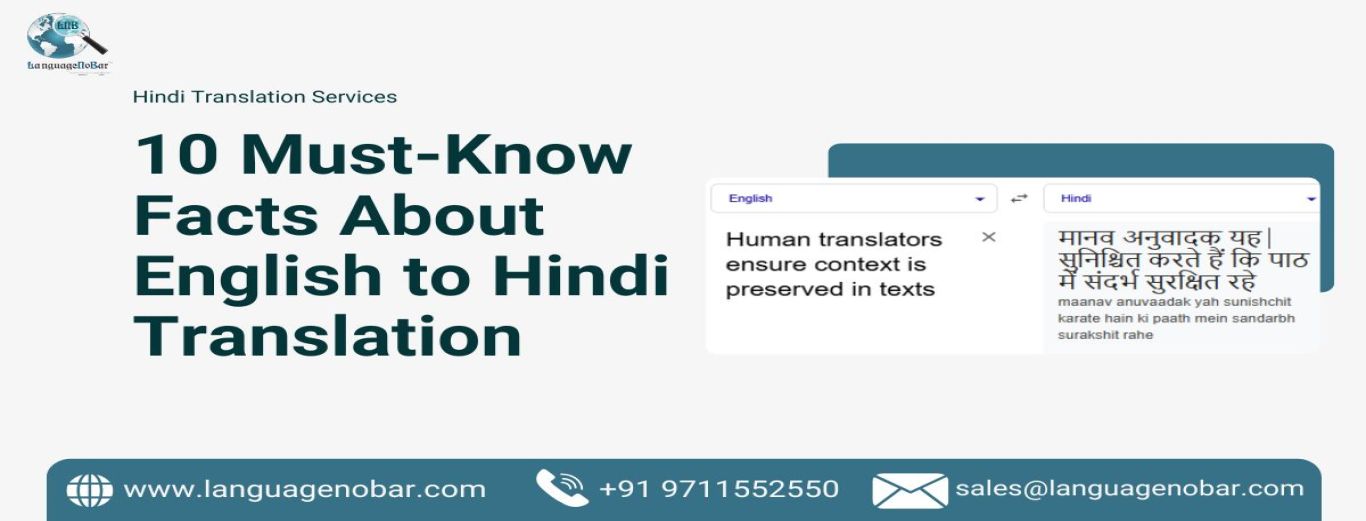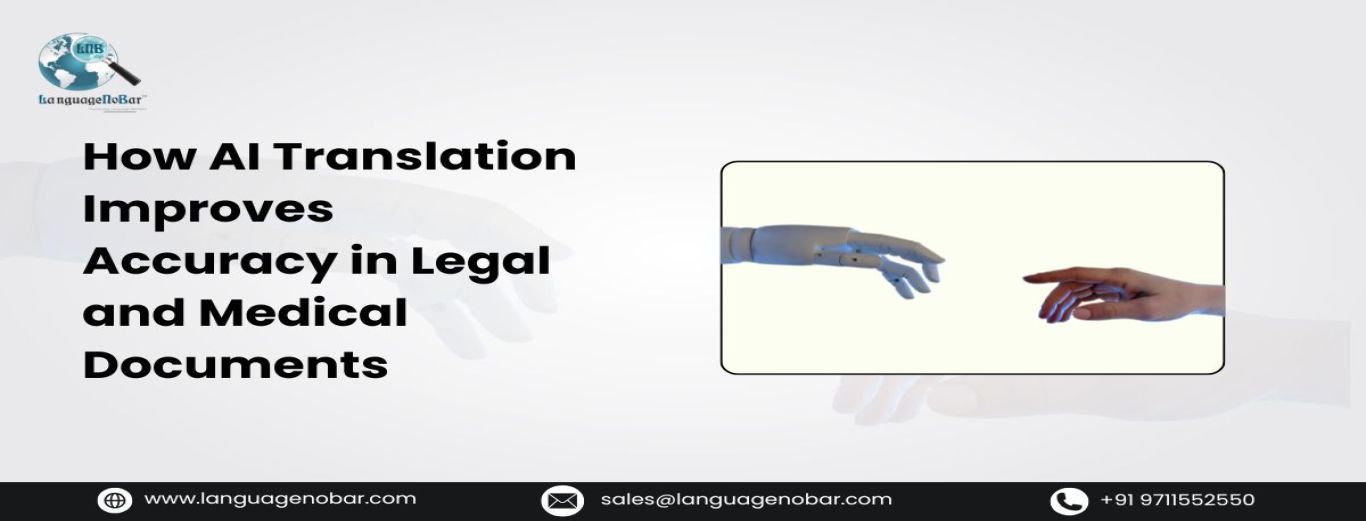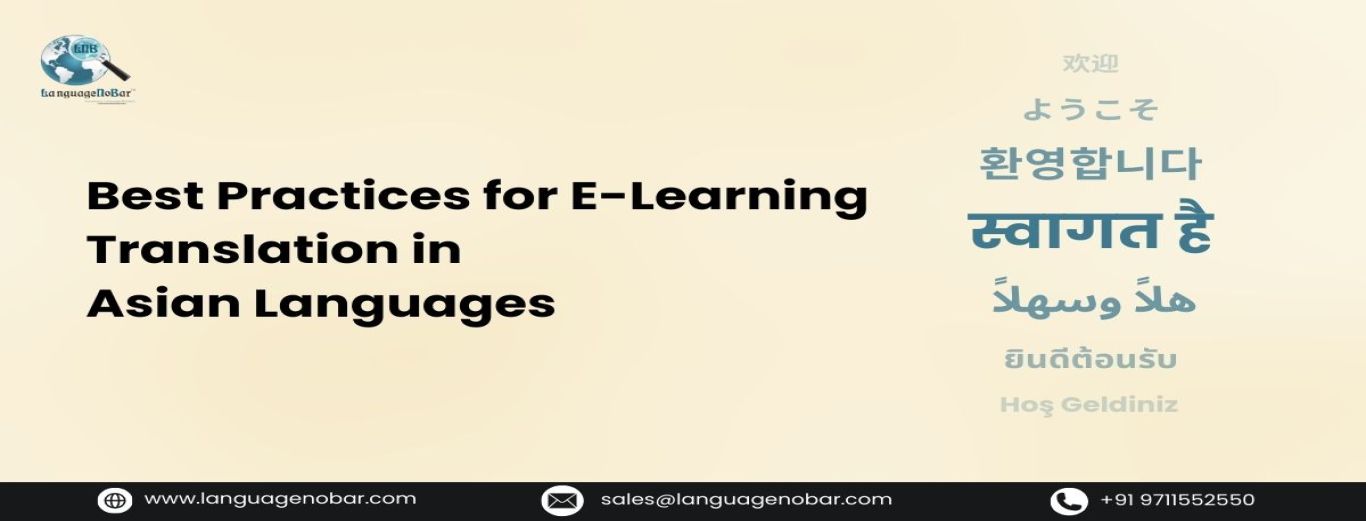What NOT to do in Translation!
- Translation Services
- Comments (0)
While we (and the rest of the world) have been writing a lot of stuff about how to do accurate translation, pros/cons of machine and human translation and so on, we would like to take up the reverse phenomenon in this blog. The world of translation has been blossoming over the past years and the demand has been on a rise. One of the underlying principles of translation (as discussed in multiple blogs earlier) is that the translated document should convey the same ‘meaning’ as the source. While this looks oversimplified, implementing this is not as simple.
Many of the youth who have just learnt translation skills, read a line (or sometimes even a part), write it in the target language, read another part  and so on. This is exactly what is not to be done. The whole picture should be looked at like this – “The reader who reads the content in the target language is unaware of the source document, knows only the target language (and its grammar, of course) and should be able to understand the document without ambiguity as if it were written in the target language itself”. Thus, the translator should first of all understand the subject of the source, do some research if needed, read the whole document or at least some considerable chunk and then rewrite it in the target language. Not as easy as a ‘literal’ translation, this process, though more time consuming would get the essence of translation.
Many translation companies are coming up that provide professional document translation services in India. A quality oriented translation company should ensure that all its translators follow this process.
Another thing that must not be done while translating is using a meaning for a word without thorough contextual research. We know that each word has multiple primary and secondary meanings and what is to be used in a particular content totally depends on the subject.
and so on. This is exactly what is not to be done. The whole picture should be looked at like this – “The reader who reads the content in the target language is unaware of the source document, knows only the target language (and its grammar, of course) and should be able to understand the document without ambiguity as if it were written in the target language itself”. Thus, the translator should first of all understand the subject of the source, do some research if needed, read the whole document or at least some considerable chunk and then rewrite it in the target language. Not as easy as a ‘literal’ translation, this process, though more time consuming would get the essence of translation.
Many translation companies are coming up that provide professional document translation services in India. A quality oriented translation company should ensure that all its translators follow this process.
Another thing that must not be done while translating is using a meaning for a word without thorough contextual research. We know that each word has multiple primary and secondary meanings and what is to be used in a particular content totally depends on the subject.






